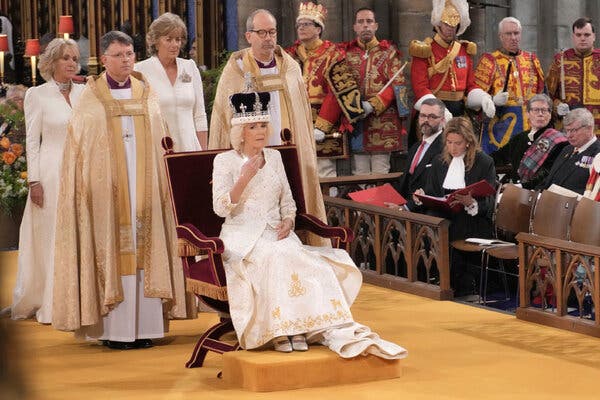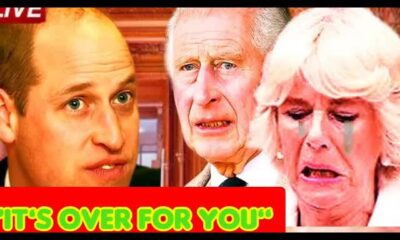Must Read
Princess Catherine Makes a Triumphant Return as Prince William Embraces Modern Monarchy
In a heartwarming display of unity, Princess Catherine joined her husband, Prince William, in Southport today, marking her first public appearance since announcing she had completed chemotherapy.
Originally not scheduled to accompany him, Catherine's decision to attend was revealed just before William's arrival, showcasing her resilience and commitment to her royal duties.
Over the past eight months, a remarkable transformation has taken place.
While William took a step back to prioritize his family during Catherine's treatment, his profile on the global stage has surged.
The Prince of Wales is increasingly recognized for his efforts to modernize the monarchy, signaling a shift towards a more contemporary approach as he prepares for future responsibilities.
William's recent public engagements have highlighted the monarchy's need to connect with younger audiences.
During a significant meeting about the monarchy's relevance, he emphasized the importance of establishing a deeper connection with the youth, an audience that feels increasingly distant from royal traditions.
This sentiment resonates particularly strongly, given the advanced ages of current royal family members.
To put things into perspective, King Charles is 75, Queen Camilla is 76, and both Prince William and Princess Catherine are 42.
Meanwhile, Princess Anne is 74, and the Duke and Duchess of Edinburgh, Edward and Sophie, are 60 and 59, respectively.
This generational gap underscores the urgency for a more youthful and dynamic representation within the royal family.
This week, Edward and Sophie have been busy engaging with the public in Malta, captivating royal enthusiasts with their charm and presence.
Once viewed as unlikely candidates to take on pivotal roles within the monarchy, they have proven to be invaluable assets, embodying the dedication and understanding necessary for modern royal life.
Their commitment to royal duties becomes even more significant in light of the recent health challenges faced by the family, particularly following Catherine's cancer diagnosis.
The couple's unwavering support reflects a collective resolve to navigate these trying times together, offering strength to their family.
However, not all narratives surrounding the royal family are filled with hope.
Speculation has arisen regarding potential rifts within the family, particularly involving Prince Harry and Camilla.
Theories suggest a bleak outlook due to ongoing health struggles affecting both Charles and Catherine, raising questions about the future dynamics of the royal family.
Prince Harry, once celebrated as the “people's prince,” has seen his relationship with the monarchy deteriorate since marrying Meghan Markle in 2018.
His move to California has distanced him from his royal roots, leading some insiders to believe he may have attempted to capitalize on his family's secrets to regain favor within the fold.
The turning point came when King Charles and Queen Camilla adopted a more strategic approach, seemingly embracing a policy of distance from the Sussexes.
This shift has resulted in minimal interaction and no public appearances together, effectively signaling that Harry and Meghan are no longer central to the royal narrative.
While this strategy may appear harsh to some, it has proven effective in preserving the monarchy's dignity amidst ongoing controversies.
By refraining from engaging in public disputes, the royal family has reaffirmed its role as a bastion of stability and tradition, standing firm against the swirling chaos of modern media.
As the monarchy grapples with the need to evolve, opinions on these changes vary.
Some view them as essential for survival in the 21st century, arguing that adaptation is crucial for maintaining relevance.
Others express concern that such moves could alienate younger generations, complicating the monarchy's efforts to stay connected with its subjects.
Ultimately, the royal family's restructuring reflects a broader understanding that evolution is necessary.
As one royal observer aptly noted, the monarchy must adapt to the times, and these adjustments could pave the way for a more inclusive and engaged future.






































